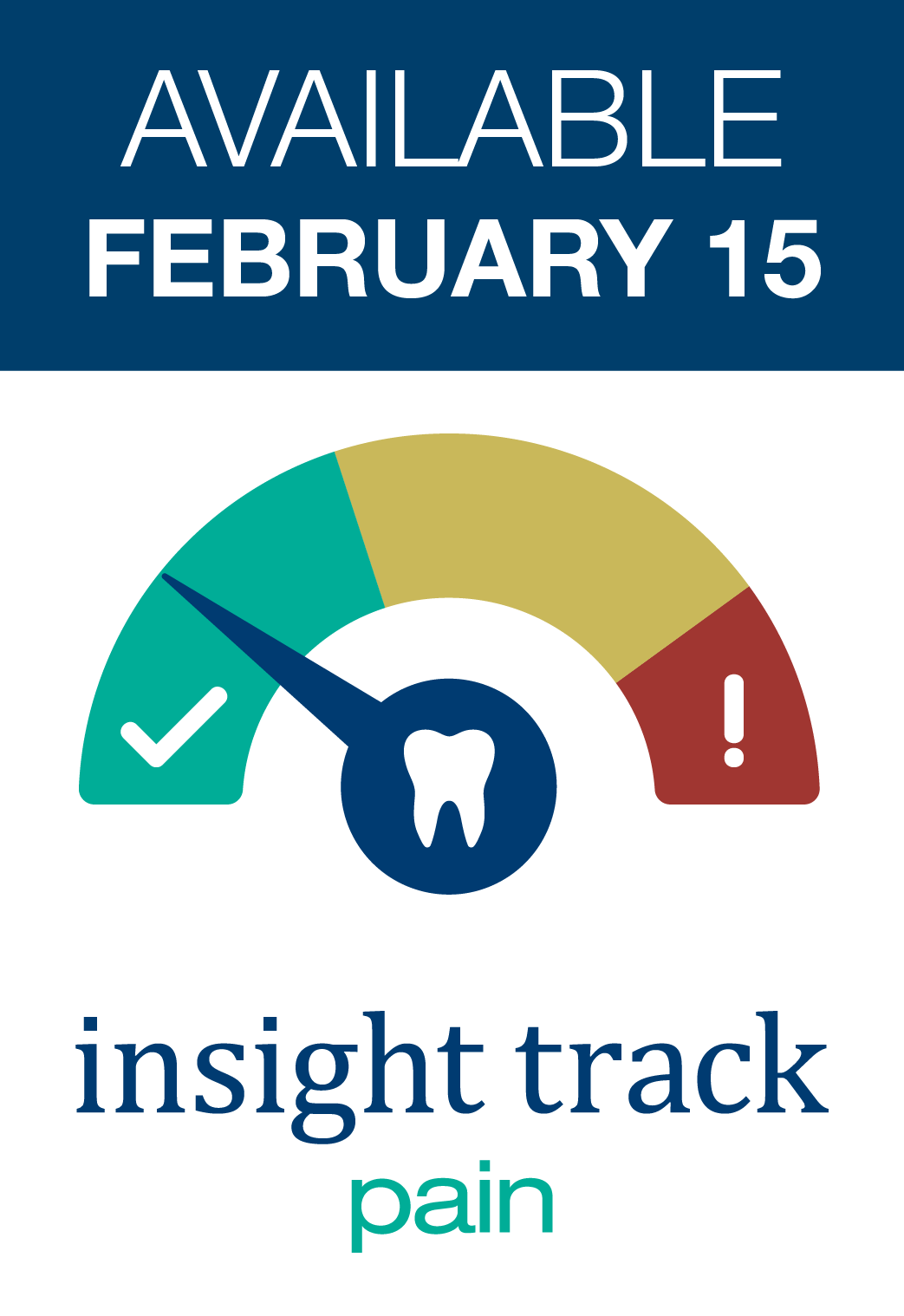
Splinting in Dental Trauma
CE: 0.75
Description: With advances in the understanding of healing processes of the periodontium, pulp and alveolar bone following various injuries, the role of splinting has become relatively well 2 defined. This is generally reflected in the guidelines for trauma management published by the International Association of Dental Traumatology. While the widespread use of composite resin as an adhesive in various functional/flexible splinting systems has over many years allowed ease of application, removal of the material is not only time consuming but more seriously is accompanied by minor or major iatrogenic damage to enamel. Dental material science has continued to provide new materials and amongst them the development of resin activated glass ionomer cement suitable for orthodontic bracket cementation has allowed the development of an alternative simplified splinting regimen for traumatised teeth which offers ease of application and removal with minimal or no iatrogenic damage to enamel.
At the conclusion, participants should be able to:
- Define generation Y and the characteristics of dental students in Gen Y.
- Discuss the challenges educators face within dental trauma education.
- Demonstrate the use of technological aids in the classroom to enhance dental trauma education.
Key:

Bill Kahler, DClinDent., Ph.D.
Bill maintains a full time specialist private practice restricted to Endodontics in Brisbane and Toowoomba, Australia. He works in a dedicated trauma clinic for Queensland Health. In addition, Bill holds an honorary Associate Professor title at the University of Queensland. He is a Board member of the International Association of Dental Traumatology and is an author on the ‘IADT Guidelines for management of traumatic dental injuries’. He graduated DClinDent (Endo) from the University of Adelaide and has a PhD from the University of Sydney as well as numerous Fellowships. Bill has published more than 70 papers in international dental, material science and engineering journals. His papers are cited as reference texts by the American Association of Endodontists and the International Association of Dental Traumatology for the treatment of dental trauma and regenerative endodontic procedures. Bill is a contributing author for book chapters on endodontic outcomes and dental trauma, including “Pathways of the Pulp 12 edition” and the “Textbook and Color Atlas of Traumatic Injuries to the Teeth”. He has lectured extensively nationally and internationally and has numerous international research collaborations in every continent.
Bill Kahler, BDSc, FRACDS, MScDent, DClinDent, PhD, MRACDS, FICD, FADI, FPFA
I declare that I have no proprietary, financial, or other personal interest of any nature or kind in any product, service, course, and/or company, or in any firm beneficially associated therewith, that will be discussed or considered during the proposed presentation.


